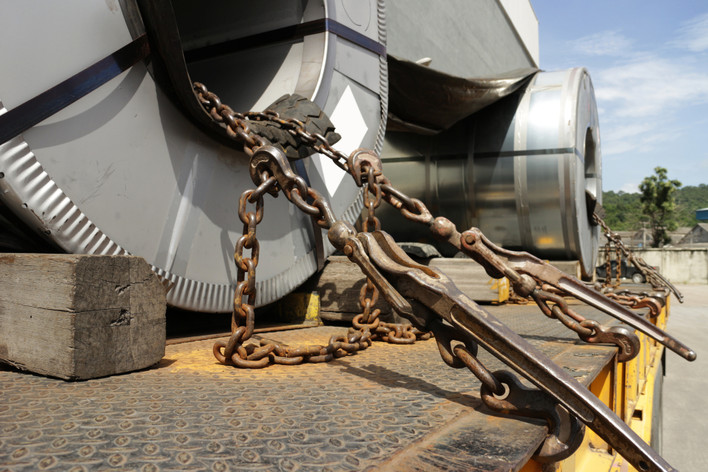
Are you the proud owner of a classic car? Are you looking for ways to keep it in perfect condition? Then look no further!
Regular maintenance is key when it comes to keeping your classic car running and looking its best. Here we have compiled a comprehensive checklist that will help you stay on top of all the necessary maintenance tasks so that you can enjoy your ride with peace of mind.
From checking fluid levels and tire pressure to cleaning and waxing the exterior, this checklist covers everything you need to do regularly in order to ensure your classic car is always at its peak performance. So let’s get started!
Table of Contents
Why maintain classic cars yourself?
Maintaining your classic car yourself can be both a rewarding and educational experience. Not only will you gain a greater understanding of the workings of your own vehicle, but you’ll also be able to save money by doing simple maintenance tasks on your own.
You may even find the whole process to be extremely fun, especially when you can see the results of your hard work in a car that looks and runs like new. Why let someone else get all the glory when you can do it yourself?
So, let’s get down to it. Here is your essential classic car maintenance checklist:
Your classic car maintenance checklist
1. Fluid checks
Checking the engine oil and making sure there’s coolant in the radiator is part of a weekly check for most classic cars. By regularly checking and testing essential fluids in your classic car, you’ll be able to keep your engine running smoothly and prevent it from suffering any major damage.
Brake fluid can be similarly tested by measuring the quantity of water in the fluid – brake fluid is hygroscopic (so it absorbs water) which results in corrosion and damage to internal seals. By making sure your brake fluid is clean and at the right level, you’ll be able to maintain proper braking performance.
2. Rubber checks
Rubber deteriorates, both over time and through heat cycles (cold winter days versus heat from the engine) so it’s important to check the condition of your hoses and belts regularly. If any parts look worn or cracked, replace them immediately.
The same goes for tires – check the tread depth and the pressure regularly and always make sure that you have a spare tyre in the trunk! You don’t want to be stranded with a flat tire in the middle of your country ride.
3. Brake test
After checking the tires by rolling your classic car, ensure that you can easily move the vehicle. If it’s a battle to move it, the brakes may be dragging, which could result in them overheating. If this is the case, you should adjust the brakes accordingly.
You should also make sure that your brake pads are in good condition and replace them if necessary. This allows for a quick, safe stop when you need it most.
4. Flies and summer showers
Although you may try to avoid driving your classic car in wet conditions, there will inevitably come a time when you’ll need to use your windscreen wipers. This could be to remove a splatter of dead flies from the windscreen or to help you out when random summer showers come along.
Checking the wiper blades for cracks and wear and tear is important, as worn wiper blades can leave streaks behind and potentially block your view of the road. Make sure to replace wiper arms and blades when necessary.
Additionally, applying a product like Rain-X helps will help disperse the rain more efficiently.
5. Bulb checks
You can easily check if all the bulbs for the indicators, brake lights, rear, and headlights are functioning properly, and it shouldn’t take more than a few minutes. Replacing blown bulbs is usually easy, but humidity or corrosion may also cause issues that are just as easily identifiable.
Just make sure that you have the right equipment on hand to easily replace any bulbs that may be out.
6. Greasing up
Take a few minutes to spray a light coat of grease on the locks and hinges of the doors, hood, and trunk. This will help to keep everything working smoothly and prevent rust from forming.
You should also check for corrosion under the car, including around suspension components like control arms, tie rods, and sway bars. Remove any corrosion that you find and apply a light coat of grease to protect them from further damage.
And finally…
Make sure to warm up the engine before going out. This is so you can listen for any unusual sounds like exhaust manifold blowing and top-end tappet rattle. Also, check the oil pressure and monitor the coolant temperature if there is a gauge available.
By following a simple checklist like this regularly, you can keep your classic car looking great and running like a dream, so you can enjoy all the nostalgic beauty it has to offer without ever compromising on performance or peace of mind.
A little preparation is all it takes to ensure you want to drive your classic car for the summer – instead of dreading the next problem that may arise. Happy motoring!







